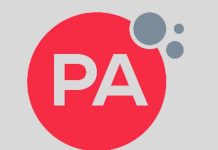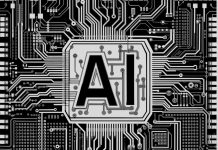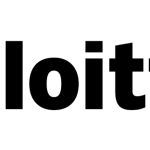Converting healthcare data systems into electronic records is a tall order for IT professionals. Keeping up with the EHR transition is a reachable goal for organizations willing to deploy an IT help desk, as the anticipation and prevention
Stoltenberg Consulting’s 8th annual Health IT Industry Outlook Survey found that the healthcare industry is suffering from three main weaknesses: “budgeting for qualified IT resources,” “IT service failures,” and “provider burnout from EHR frustration.” When the virtual survey inquired as to crucial areas of IT improvement need, respondents overwhelmingly focused on data analytics insights at 34% and the IT help desk at 32%. Slightly less than half of healthcare participants consider a significant EHR update to be their organization's most anticipated mission-critical IT event.
COVID-19’s “all hands on deck” effect has crunched up some industry plans with sizable budgets, making the cost-effective EHR and IT help desk combo one of its best newer features. “Because of COVID-19’s financial hit, we’re seeing significant push on hospital IT departments to both find cost savings opportunities and make do with resource limitations moving forward,” said Joncé Smith, Vice President of Revenue Cycle Management at Stoltenberg Consulting. “It’s time for health systems to put their data analytics initiatives to the test to proactively identify operational and user support efficiencies.”
A hospital IT help desk encompasses a wide range of functionality, but the best optics for end users come from patient portal support. It may be seen as a simple convenience tool, but physicians acting as facilitators of information sharing technology is proven to enhance patient awareness and instill a heightened trust of medical recommendations. The help desk itself acts as a 24/7 support system, affording time-crunched providers a chance to shed extraneous concerns. Staff are then freed up for essential in-person care.
The perfect EHR model in practice is a benediction to physicians, but 85% expressed frustration with EHR and its correlation with impersonal patient care. Hospital IT departments often shoulder the blame, and conflict resolution is the prerogative of the help desk. Letting the help desk handle more autonomous tasks and putting healthcare IT professionals on the phones for first-inquiry problem-solving is a solid frontline effort to ensure a smooth end-user experience and curtail burnout.
Dropping the ticket-taker service style gives a stronger feeling of value to all users involved in a given healthcare transaction. Physicians scolded for a detached attitude toward care can build a virtual “bedside manner” for their patient interactions, and their comfort with the changes is passed onto patients. As more EHR innovations seep in, the use of an IT help desk will be a deciding factor in whether healthcare organizations can effectively harness the technology.
























